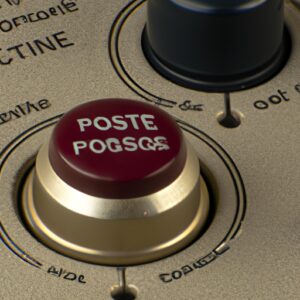
The Importance of Podcast Audio Levels: Tips and Best Practices
As a podcast creator, you may think that the content and the guests are the most important factors that determine the success of your show, but did you know that the audio levels can make or break your podcast?
What are Audio Levels?
Audio levels refer to the loudness or volume of sound in your podcast. When the audio is too low or too high, it can be difficult for listeners to follow the conversation or appreciate the music.
Why are Audio Levels Important?
If your podcast has inconsistent audio levels, listeners will have to adjust the volume constantly, which can be annoying and frustrating. Moreover, low quality audio can also deter potential listeners and damage the reputation of your brand. Therefore, it is crucial to pay attention to the audio levels and strive for consistency.
Tips for Achieving Consistent Audio Levels
Invest in a Decent Microphone
A high-quality microphone can make a big difference in the quality and consistency of your audio. Try to avoid using built-in mics on smartphones or laptops as they may not provide the necessary clarity and volume.
Use a Pop Filter
A pop filter is a cheap and effective solution that can prevent unwanted sound waves such as plosives, sibilance or breaths, which can distort the audio levels. A pop filter is a foam shield that is attached to the microphone and helps to improve the overall sound quality and consistency.
Normalize Your Audio
Audio normalization is the process of adjusting the audio levels to a standardized loudness level, so that all the segments of the podcast have the same volume. This can be done through a variety of software such as Audacity or Adobe Audition, which can automate the process and save you time and effort.
Avoid Distortion
Distortion occurs when the volume of the audio exceeds the maximum limit and the sound becomes clipped or distorted. To avoid distortion, try to keep the levels below the red line on your recording software and monitor the volume levels throughout the recording process.
Conclusion
Audio levels may not be the most glamorous topic in podcasting, but they are a crucial element that can determine the overall quality and success of your show. By investing in quality equipment, using a pop filter, normalizing the audio and avoiding distortion, you can ensure a consistent and enjoyable listening experience for your audience.






